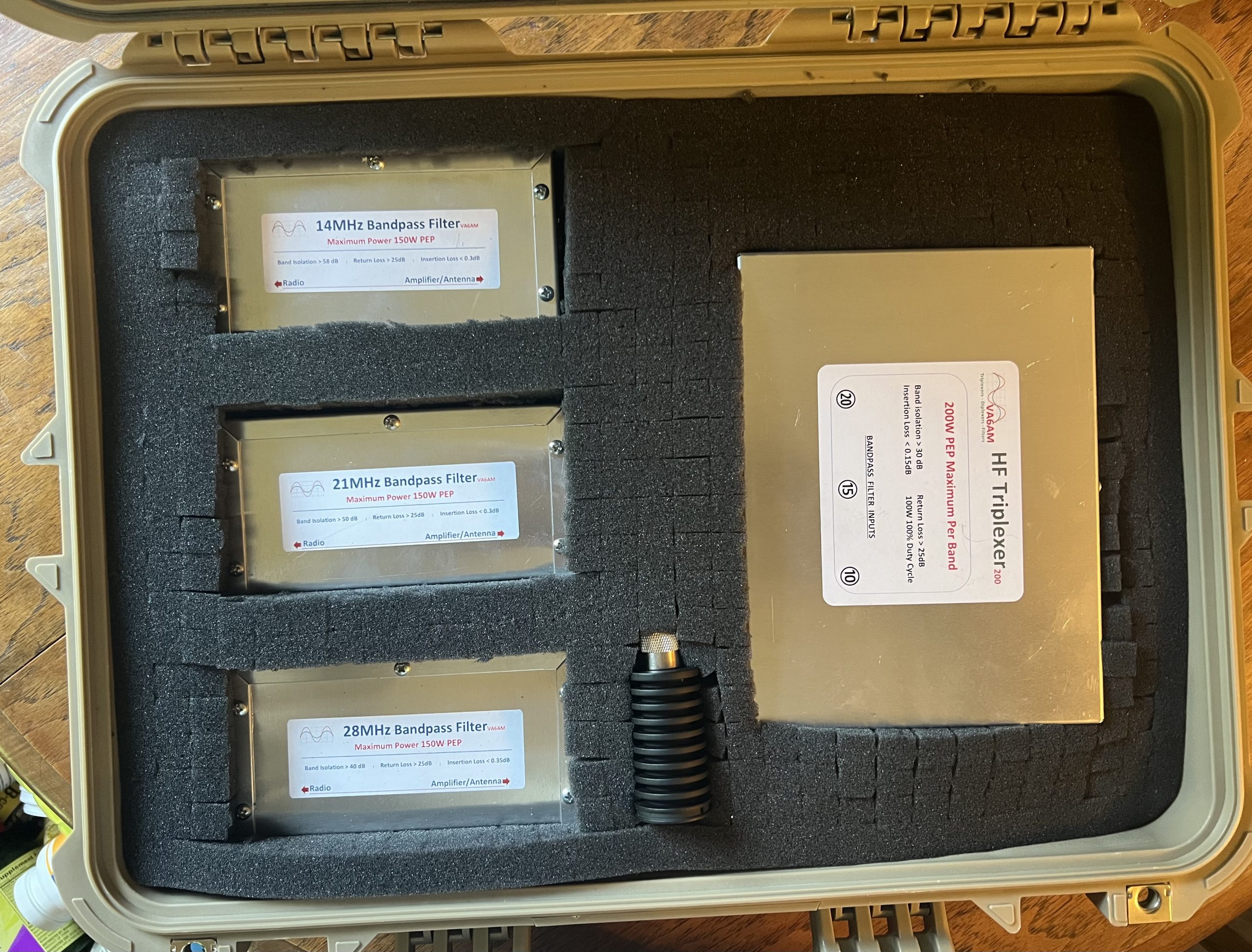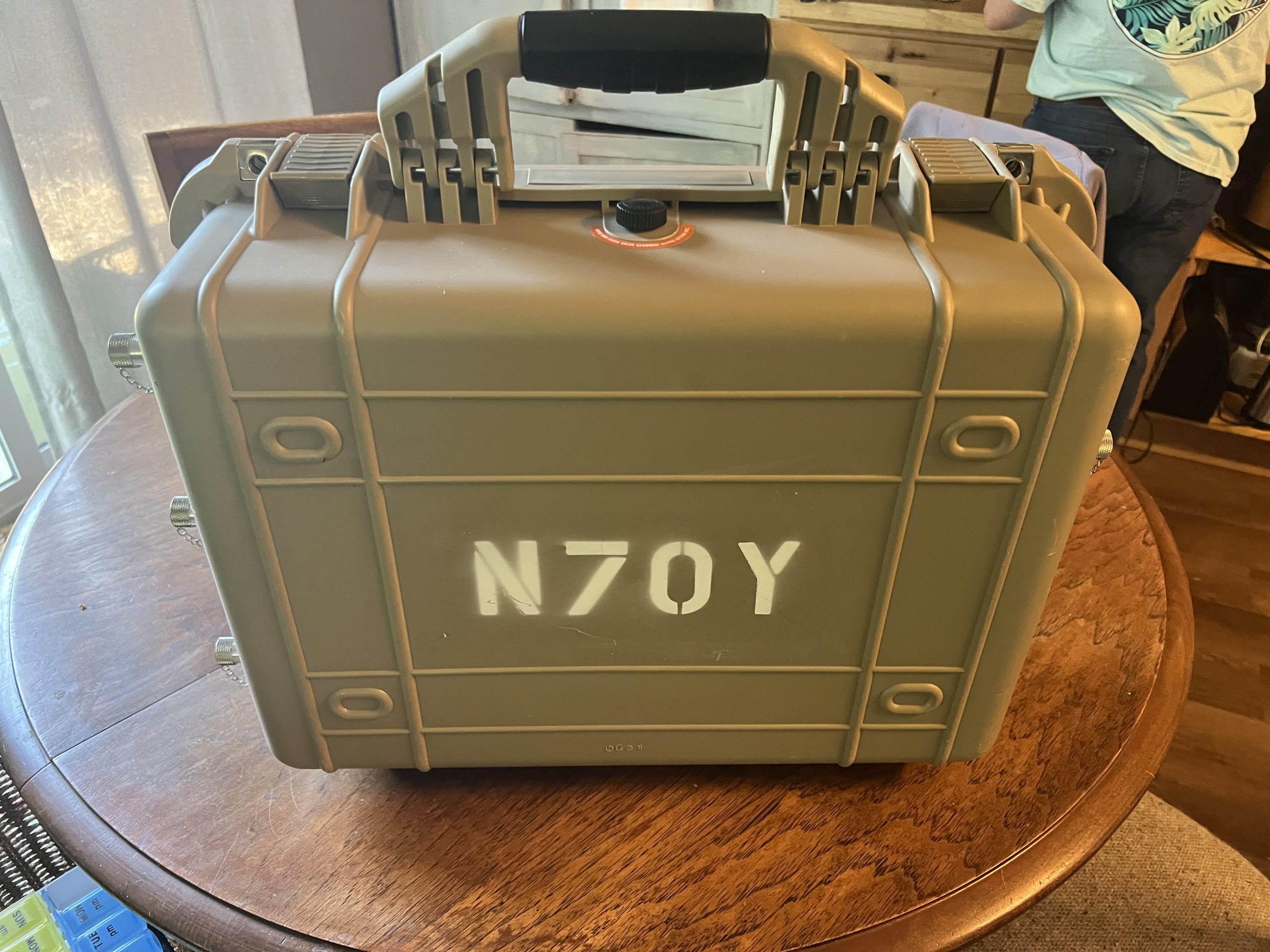by W7CRG
The unknown is intriguing. The first day at a job, school or that blind date that your friend talked you into always creates a certain amount of uncertainty. Beginning something new to you creates both anticipation and anxiety. First new school, first date, first CQ or the first time you tried to repair something. Will it culminate in a “Wow I did it!” or an “Ohh No! Did I really do that?”?
If you use High Frequency (HF) you most likely have called “CQ” to find a contact. Sometimes we narrow the search by “CQ DX” for a distant station usually in another country, or “CQ any 7” meaning we want responses from distant stations or anyone with a 7 in their call. “CQ” is an open invitation to talk with any station. On the VHF/UHF bands calling “CQ” is frowned upon. The best you can try is something like “W7CRG monitoring” should you just want to talk with someone about anything that comes up.
There are those that follow the mantra of “Listen first and call CQ as a last resort”. Like any other encounter with a human, I’ve had pleasant and interesting QSOs and I’ve had those that you want to remember that call and not respond next time. I’m sure that there have been hams who have felt the same regarding calls with me.
As I’ve tuned around the bands I’ve noted some QSOs I would like to be part of (some I’ve had the opportunity to join) and I’ve heard some that I’m glad I’m not a part of. One thing I always told myself I would not do is talk about surgeries, aches and pains and all things regarding my health. Now that I’m older (OK, maybe way older) I realize those are the realities for many older hams. I still refuse to put such comments on the airways.
One of the problems in joining a QSO is getting the call sign right and the English language has many parts to it that have similarities. For instance, B,D, C, D, E, G, P, T, V, Z, and all end with the sound of “E”. With poor band conditions, aged hearing and noisy equipment one might ask was that W8DXE, CXE, or maybe EXE? Once you have the call correct you can possibly carry on with the conversation.
I’ve been asked, “What do you talk about?” I usually answer with those topics I don’t talk about. Topics such as my aches and pains, politics, religion and controversial things I try to shy away from. There are so many aspects to our hobby that just staying on that topic can occupy a lot of airtime. I had a very interesting time talking with a ham about CW which at one time was the only means of communicating on the radio.
He was just learning CW and was fascinated with it. I told him it was a mode I had not operated in since being a Novice in high school but it was a mode I was open to learning. He likened it to learning another language, which is also my belief so he must be very smart. He also asserted that it made him feel like he was a member of a secret club that most others could not decipher the code. I realized he was close to my age when he compared knowing CW to the thrill he got when he got his Little Orphan Annie secret decoder! Now that’s going back in time. But, he also maintained that he could make contacts on CW that he could not get through to with SSB, which is very true.
The spoken language varies so much with Americans it tends to be largely a regional thing (or thang, or thin, or ….). I was on a Field Exercise in Germany with a young commo SGT who was from west Texas. His Texas drawl was so heavy that the most common response to his communications was “Say again”. On a break I asked him how he ended up as a Commo SGT and I’ve always remembered his reply.
“Wahl sir, the recruiter asked me whoot Iah did and I sayd Rodeo Hand; he wrote Radio Ham; and here Iah am”. Sometimes the spoken word is not as clear to the listener as it is to the speaker.
So what ever mode, FM, Digital, SSB or CW, turn on, tune up and connect with one of the thousands of hams out there! You’ll find ones you agree with; ones you don’t agree with; some you will learn from; and some you will count as a good example of a bad operator. All of which will make you a better ham and a more rounded person.
“7, 3”
W7CRG Chuck Gerttula


